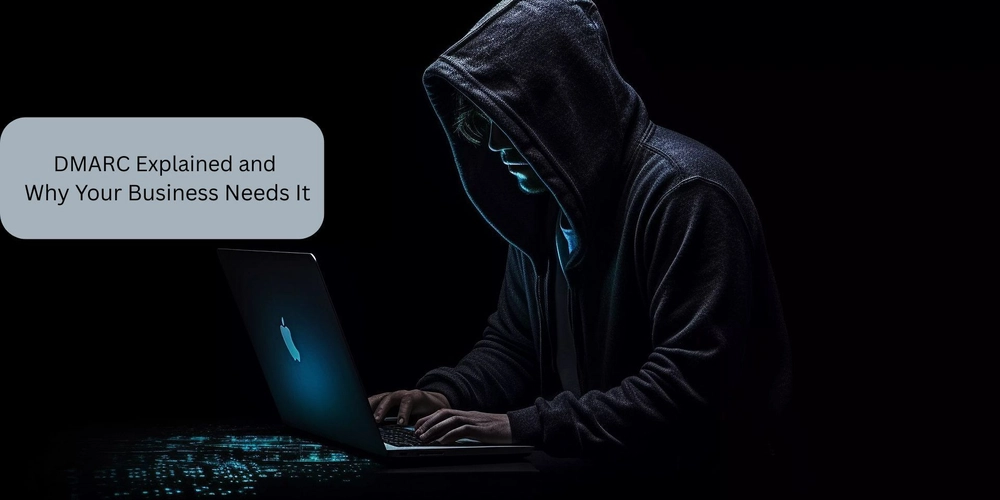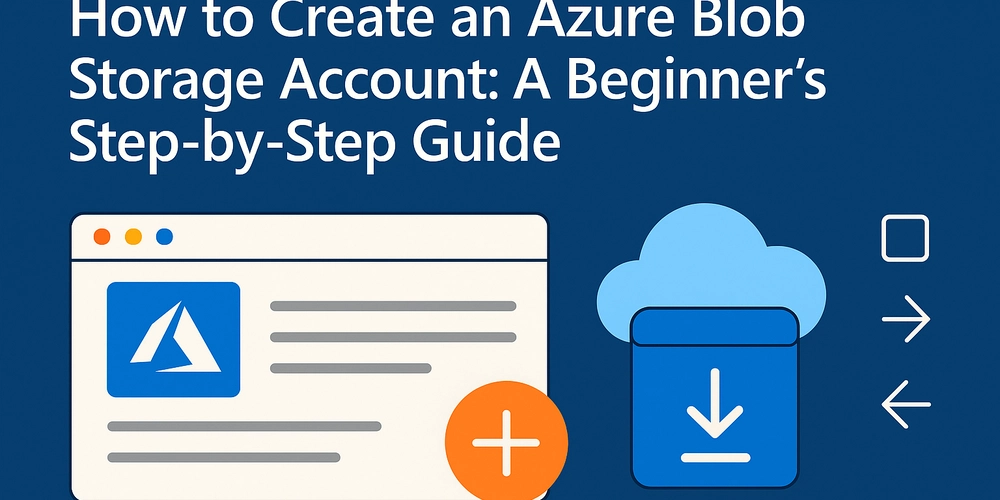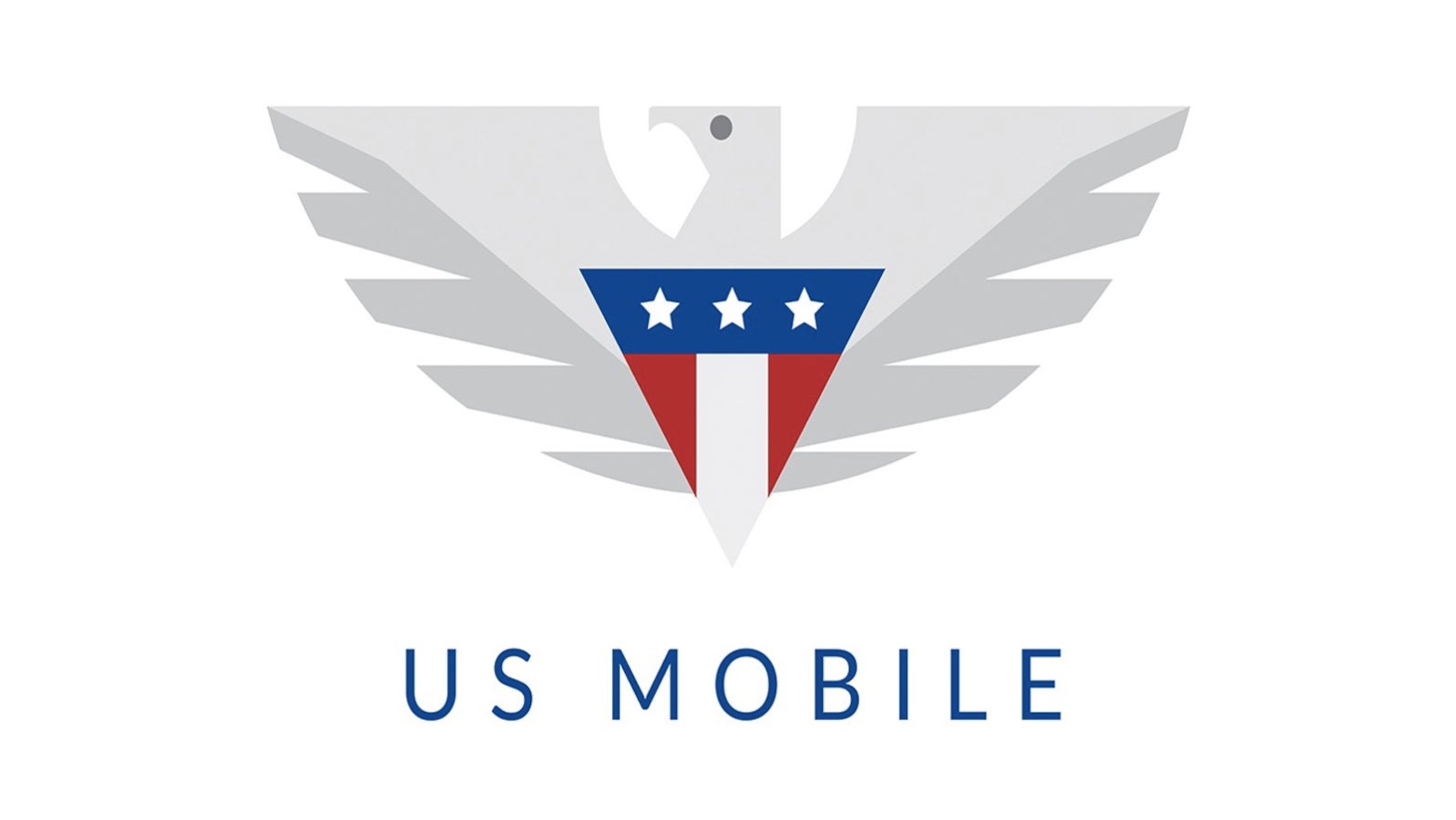DMARC Explained and Why Your Business Needs It
One of the most popular tools for business communication is email. Which is also one that cybercriminals target the most. To Secure your domain from misuse has become essential due to the increased threats like Fake emails, phishing, and business email compromise (BEC). In this situation, DMARC (Domain-based Message Authentication, Reporting, and Conformance) is the best solution. DMARC is the powerful email authentication that helps to prevent attackers from sending the fake emails to using your domain. When you are manage the large or small size business then DMARC can significantly reduce the the risk of email-based threats and increase your communication trust. Also, you can refer to this article if you want to know more information in detail: What is DMARC? Setup & Best Practices to Protect Your Domain What is DMARC? DMARC is the open email authentication protocol that provides the two technologies is SPF and DKIM. When these protocols are combined then give the domain owners the ability to specify how incoming mail should be handled in the event that authentication checks are unsuccessful. In simpler words, DMARC is received from email servers: Who one is allowed to send on behalf of your domain What to do if an email doesn't pass verification How DMARC Works Here is a basic overview: SPF and DKIM check results are used by DMARC. Email is sent from your domain Receiving servers verify that the sender is authorized and that the message hasn't been altered by looking through SPF and DKIM records. DMARC takes over and implements the policy you've established if the email doesn't pass these checks: none: Take no action but report the failure. quarantine: Mark the message as suspicious (e.g., send to spam). reject: Block the message from being delivered. After that, a report detailing the source and findings of the checks is sent back to the domain owner by the receiving server. Why is DMARC Important for Your Business? Prevents Email Spoofing Cybercriminals often spoof trusted domains to trick recipients into opening malicious emails. DMARC secure the unwanted sources from sending emails that appear to come from your domain. They reducing the risk of fraud and phishing. Protects Your Brand Reputation In phishing attack using your domain can damage your brand’s trustworthiness. DMARC helps you maintain control over your domain and ensures your customers, partners, and employees know which emails are legitimate. Improves Email Deliverability Email providers are more likely to trust your messages if you have a proper DMARC policy in place. They can boost deliverability and reduce the chances of valid emails ending up in the spam box. Provides Visibility into the Email Ecosystem DMARC reports give you insights into who is sending email on behalf of your domain. They helping you to detect unauthorized or misconfigured services quickly. Aligns with Compliance Standards An increasing number of industries and government are now require the DMARC implementation as a key component of comprehensive cybersecurity standards. Being compliant now can help you avoid future legal and operational complications. How to Implement DMARC Steps of Implementation DMARC: Step 1: Set Up SPF and DKIM Before the implement of DMARC, you must ensure that SPF and DKIM are properly configure in your domain or not. These protocols are necessary for DMARC to authenticate emails. Step 2: Create a DMARC Record Publish a DMARC policy in your domain’s DNS settings. Start with a "none" policy to monitor traffic without affecting delivery. Step 3: Monitor Reports Analyze the DMARC reports to identify unauthorized senders and ensure all legitimate services are aligned with your policy. Step 4: Enforce Policy Once you’re confident your authorized sources are passing DMARC checks, gradually move your policy to "quarantine" and then to "reject" for full protection. Step 5: Maintain and Adjust Review the DNS records & DMARC reports on a regular basis, especially if you add new email or marketing platforms. Also, Read Understanding DMARC, BIMI, and VMC: The Essentials for Modern Email Security Conclusion DMARC has an important role in email security by protect the fake emails from reaching your email inbox. They protects your brand, builds trust with your customers, and protects your reputation. DMARC gives you clear visibility and control over who is sending email on behalf of your domain. DMARC is not a optional but its a essential for your business but no matter the size of your company, whether you manage IT for a multinational corporation or sell handmade goods online. Now is the time to take responsibility for your email security. Check to see if DMARC is enabled on your domain. If not, begin putting it into practice right now to protect your customers and brand from fraud and phishing attacks.

One of the most popular tools for business communication is email. Which is also one that cybercriminals target the most. To Secure your domain from misuse has become essential due to the increased threats like Fake emails, phishing, and business email compromise (BEC). In this situation, DMARC (Domain-based Message Authentication, Reporting, and Conformance) is the best solution.
DMARC is the powerful email authentication that helps to prevent attackers from sending the fake emails to using your domain. When you are manage the large or small size business then DMARC can significantly reduce the the risk of email-based threats and increase your communication trust.
Also, you can refer to this article if you want to know more information in detail: What is DMARC? Setup & Best Practices to Protect Your Domain
What is DMARC?
DMARC is the open email authentication protocol that provides the two technologies is SPF and DKIM. When these protocols are combined then give the domain owners the ability to specify how incoming mail should be handled in the event that authentication checks are unsuccessful.
In simpler words, DMARC is received from email servers:
- Who one is allowed to send on behalf of your domain
- What to do if an email doesn't pass verification
How DMARC Works
Here is a basic overview: SPF and DKIM check results are used by DMARC.
- Email is sent from your domain
- Receiving servers verify that the sender is authorized and that the message hasn't been altered by looking through SPF and DKIM records.
- DMARC takes over and implements the policy you've established if the email doesn't pass these checks:
- none: Take no action but report the failure.
- quarantine: Mark the message as suspicious (e.g., send to spam).
reject: Block the message from being delivered.
After that, a report detailing the source and findings of the checks is sent back to the domain owner by the receiving server.
Why is DMARC Important for Your Business?
Prevents Email Spoofing
Cybercriminals often spoof trusted domains to trick recipients into opening malicious emails. DMARC secure the unwanted sources from sending emails that appear to come from your domain. They reducing the risk of fraud and phishing.
Protects Your Brand Reputation
In phishing attack using your domain can damage your brand’s trustworthiness. DMARC helps you maintain control over your domain and ensures your customers, partners, and employees know which emails are legitimate.
Improves Email Deliverability
Email providers are more likely to trust your messages if you have a proper DMARC policy in place. They can boost deliverability and reduce the chances of valid emails ending up in the spam box.
Provides Visibility into the Email Ecosystem
DMARC reports give you insights into who is sending email on behalf of your domain. They helping you to detect unauthorized or misconfigured services quickly.
Aligns with Compliance Standards
An increasing number of industries and government are now require the DMARC implementation as a key component of comprehensive cybersecurity standards. Being compliant now can help you avoid future legal and operational complications.
How to Implement DMARC
Steps of Implementation DMARC:
Step 1: Set Up SPF and DKIM
Before the implement of DMARC, you must ensure that SPF and DKIM are properly configure in your domain or not. These protocols are necessary for DMARC to authenticate emails.
Step 2: Create a DMARC Record
Publish a DMARC policy in your domain’s DNS settings. Start with a "none" policy to monitor traffic without affecting delivery.
Step 3: Monitor Reports
Analyze the DMARC reports to identify unauthorized senders and ensure all legitimate services are aligned with your policy.
Step 4: Enforce Policy
Once you’re confident your authorized sources are passing DMARC checks, gradually move your policy to "quarantine" and then to "reject" for full protection.
Step 5: Maintain and Adjust
Review the DNS records & DMARC reports on a regular basis, especially if you add new email or marketing platforms.
Also, Read Understanding DMARC, BIMI, and VMC: The Essentials for Modern Email Security
Conclusion
DMARC has an important role in email security by protect the fake emails from reaching your email inbox. They protects your brand, builds trust with your customers, and protects your reputation. DMARC gives you clear visibility and control over who is sending email on behalf of your domain.
DMARC is not a optional but its a essential for your business but no matter the size of your company, whether you manage IT for a multinational corporation or sell handmade goods online.
Now is the time to take responsibility for your email security. Check to see if DMARC is enabled on your domain. If not, begin putting it into practice right now to protect your customers and brand from fraud and phishing attacks.



































































































































































![[The AI Show Episode 145]: OpenAI Releases o3 and o4-mini, AI Is Causing “Quiet Layoffs,” Executive Order on Youth AI Education & GPT-4o’s Controversial Update](https://www.marketingaiinstitute.com/hubfs/ep%20145%20cover.png)















































































































































































.jpg?#)

























































































_NicoElNino_Alamy.jpg?width=1280&auto=webp&quality=80&disable=upscale#)


















































































































![Standalone Meta AI App Released for iPhone [Download]](https://www.iclarified.com/images/news/97157/97157/97157-640.jpg)


































































































